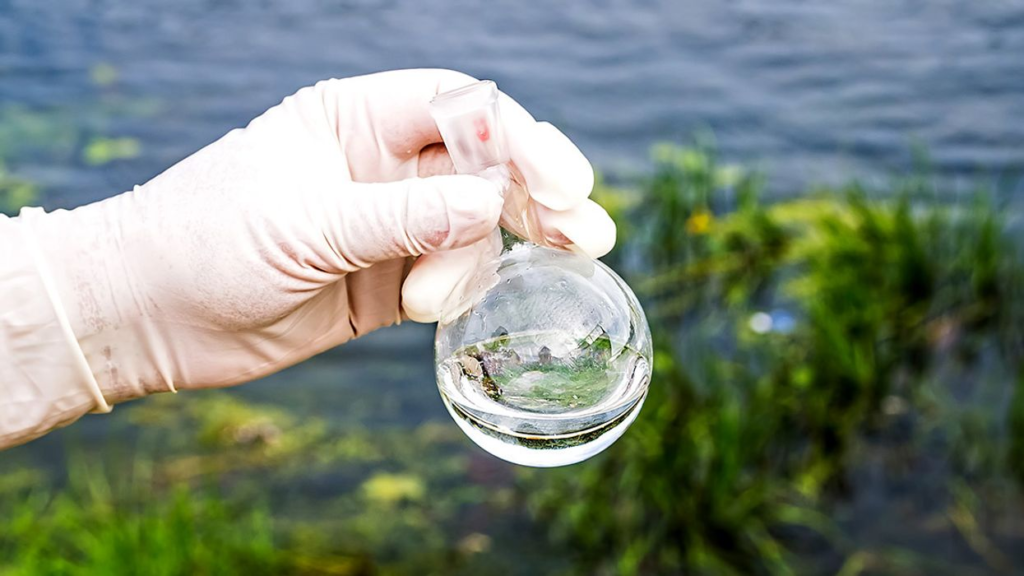When discussing public health, it can be argued that chlorination has improved public health more than anything else. There’s a reason chlorination is the most popular use of water disinfection across the globe. Here’s how this safety measure changed the face of human health and water standards.
A bit of history
Water in the United States hasn’t always been as safe to drink as it is now. In fact, just over 100 years ago, chlorination wasn’t a regular practice.
You may be surprised to learn that chlorination didn’t start with disinfecting water for human consumption— it started with water used to feed animals.
Regular use of chlorine for the purposes of human consumption didn’t begin in the US until the 20th century. Dr. Johl Leal, a physician and public health expert, is responsible for the first instance of mass chlorination in the US. He created a disinfection system using chlorine for Jersey City, New Jersey that went into motion in 1908. The system was effective in removing pathogens and preventing disease. In the same year, George Johnson initiated the chlorination of Chicago’s water by adding chlorine to the river water. By the 1920’s cities across the country were taking after these leading cities after seeing incredible results.
The typhoid epidemic was a danger to human life in the past, but thanks to chlorine, we no longer give the disease a second thought. A study found that chlorination and filtration lowered typhoid fever rates by 91 percent— meaning it was practically eradicated by 1936.
Why chlorine is different
Life magazine (Anonymous, 1997) declared, “The filtration of drinking water plus the use of chlorine is probably the most significant public health advancement of the millennium.” Chlorine is something that we take for granted, but that shouldn’t be the case.
Chlorine actually inactivates microorganisms. Even though not all microorganisms are harmful to human health, a lot are. Disinfecting water and inactivating pathogens that cause disease is a guaranteed way to improve water safety and public health.
Chlorination is a method that can be implemented at any point throughout the water treatment process. Another thing that makes this method unique is that it leaves residual- meaning that it continually reduces the risk of pathogens regrowing.
Chlorine, unlike other disinfectants, can eliminate a range of pathogens very quickly. Even further, it’s much more affordable than other water treatments. You can see why this method has become so popular in areas around the world. If your business is in need of chlorination, contact us today.



